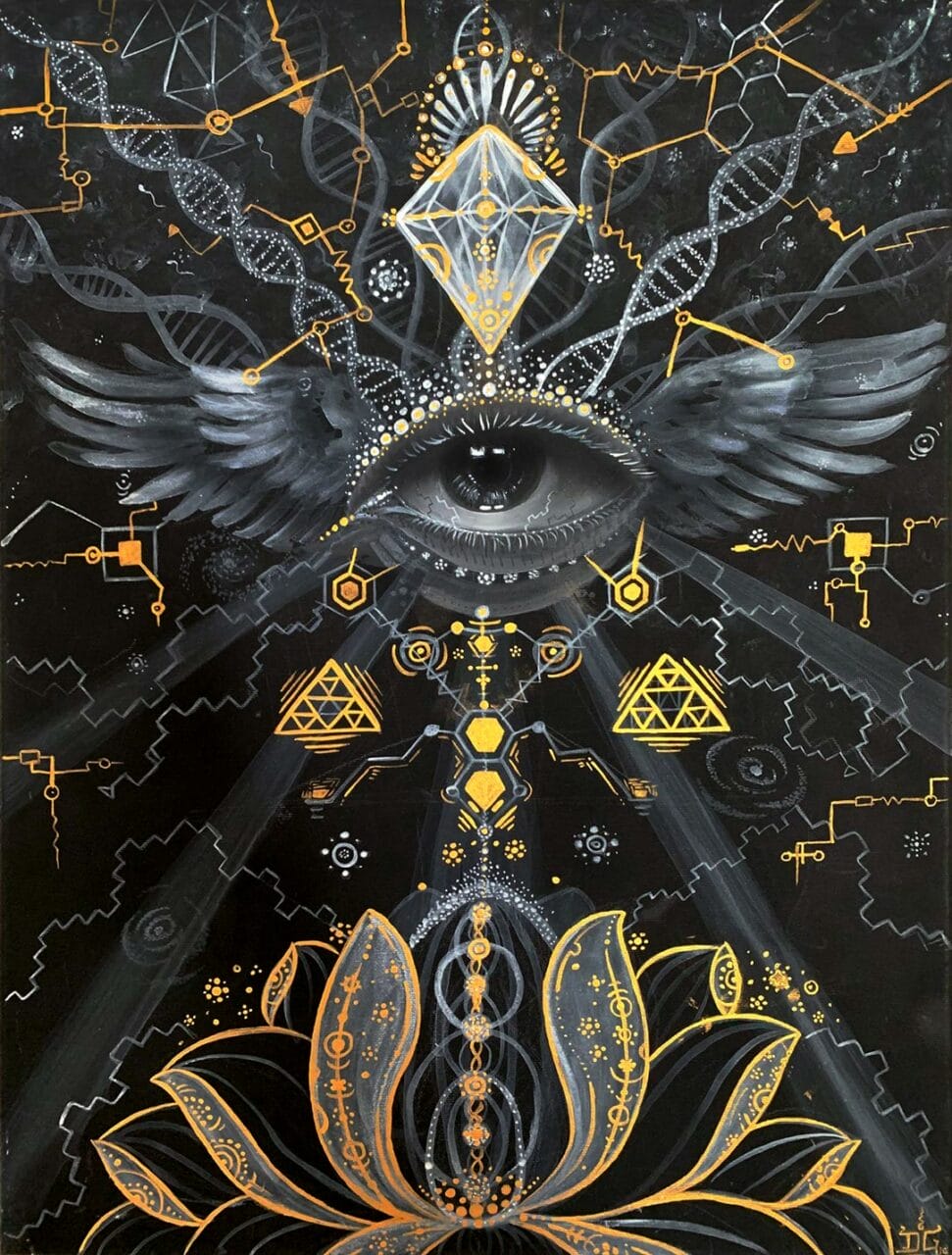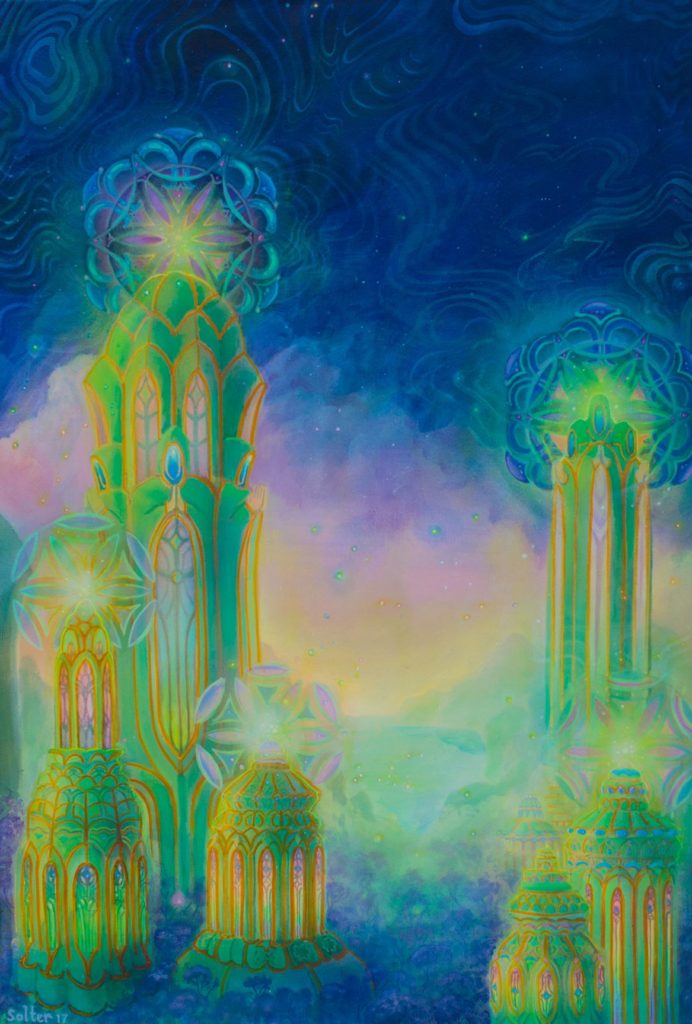
© Uni Kaya
A Historical Retrospect of Psilocybin Mushrooms
Psilocybin Mushrooms has a rich history that stretches back to 9000 BC, according to historical documentation. These unique mushrooms, encompassing over 200 diverse species, possess psilocybin, a component that triggers hallucinogenic effects. The influence includes perception alteration, visual and auditory hallucinations, and profound spiritual experiences. For millennia, these mushrooms have been employed for spiritual ceremonies, rituals, and practices across various cultures and tribes. Most of these historical uses originate from North and South America.
Psilocybin Mushrooms in Ancient Times
Throughout history, many cultures have made use of natural psychedelics. Evidence from the Sahara Desert suggests that humans were consuming Psilocybe Cubensis over 7000 years ago. Archeological findings indicate the depiction of this psychoactive substance in prehistoric art across different regions. For instance, the native tribes of North Africa in the Sahara showcased its usage in their artwork dating back to around 9000 BC. Similarly, the renowned Selva Pascuala mural rock painting in Spain, roughly 6000 years old, illustrates the use of Psilocybe Hispanica in religious ceremonies. The influence of these substances on our cultural evolution, religion, art, societal norms, and day-to-day life is increasingly apparent. Undoubtedly, this substance has made a significant mark on our culture and society.
Historical Overview of Magic Psilocybin Mushrooms Use
Historically,magic Psilocybin Mushrooms have a long-standing history of use. The psychoactive substance known today has traversed different eras, with varied practices regarding its usage. Who wouldn’t appreciate nature’s gifts? It’s about time for Shroom Store Canada to delve into the historical journey that led Psilocybin Mushrooms to its current status.
Main Highlights
- Psilocybin Mushrooms in its dried form has been utilized in traditional rituals and spiritual healing for countless years. Today, it serves as a treatment for mental health disorders.
- Psilocybin Mushrooms became a hallmark of the hippie culture and played a significant role in the psychedelic revolution, encouraging its recreational use.
- Pioneers like Wasson, Sabina, and McKenna introduced psilocybin to the contemporary world.

© Jonathan Solter
Backing the Stoned Ape Theory
The Stoned Ape Hypothesis was proposed by Terence McKenna. He suggested that psilocybin might have influenced human evolution, especially mental development. Regardless of some criticisms, the intrigue of this theory is undeniable.
Age-old Societies and Spiritual Rituals
Historic societies used symbols, arts, and statues to represent cubes, indicating the ceremonial use of Psilocybin Mushrooms. The Mayans and Aztecs incorporated it for interaction with supernatural beings, including gods. In the culturally rich Aztec society, it was termed “teonanácatl“, meaning “flesh of the gods”. The concept of a psychedelic experience was unfamiliar, causing them to regard it as a heavenly entity. Venturing north to Siberia, hallucinogenic Psilocybin Mushrooms were employed by Siberian shamans. They specifically used the hallucinogenic entity (Psilocybin Mushrooms) known as “Amanita Muscaria” for spiritual healing and traditional customs, despite its toxic nature. This usage dates back nearly ten thousand years. In African tribal ceremonies, particularly in the Congo and Zimbabwe, cubes were used for communication with ancestors, to provoke visions, and promote spiritual healing. These historical societies provide the backdrop for contemporary psilocybin use. The reverence for this substance in these cultures originated from its divine connection and its ability to incite mystical experiences.
Psilocybin Mushrooms in Myth and Tradition
Numerous stories, including those by Gordon Wasson, have highlighted the link between Psilocybin Mushrooms and the mystical world, underlining its role in folklore and mythology as a means for divine communication and enlightenment. In ancient India, the Soma—a ceremonial drink mentioned in the Vedas—was thought to induce altered states of consciousness. Scholars like Wasson speculate that it might have been brewed from psychoactive plants, specifically fly agaric. Some even suggest that this ancient beverage might have been a mixture of different plants. Irrespective of its origin, the psychedelic history suggests that Soma facilitated the appearance of sacred symbols during rituals, symbolizing a portal to higher wisdom or spiritual enlightenment.
The Contemporary Era
A Synopsis of the
Beginnings
Historical documents from the pre-Columbian period indicate that the Mayans and Aztecs utilized psilocybin Psilocybin Mushrooms. However, during the 15th and 16th centuries, Spanish authorities labeled its usage as barbaric, leading to its subsequent prohibition. Despite this ban, shamans secretly kept using the magic Psilocybin Mushrooms, thus preserving their cultural practices for over four centuries.
Rediscovery by the Western World
The 1950s saw the revival of these substances in the Western world, largely due to the pioneering work of individuals such as R. Gordon Wasson, Roger Heim, and Albert Hofmann. On a trip to Mexico, they successfully isolated the two psychedelic compounds (psilocybin and psilocin) found in the Psilocybin Mushrooms obtained from the Mazatec tribe. Wasson later popularized his findings, uses, and insights about magic Psilocybin Mushrooms in Life magazine. His articles and personal experiences led to the substance gaining recognition as a potent hallucinogen. By the 1960s, the substance had become emblematic of the Hippie movement, seen as a conduit to spiritual enlightenment. However, its usage also incited considerable controversy and triggered a paradigm shift in the recreational usage of hallucinogenic substances.
Evolution: Global Prohibition
In 1971, psilocybin was classified as a Schedule 1 illegal drug by the United Nations Convention on Psychotropic Substances, alongside Lysergic Acid Diethylamide and N, N-Dimethyltryptamine. These substances were collectively recognized as having no therapeutic value and a high risk of abuse. This led to extensive criminalization in Western nations, including Canada and the U.S., significantly limiting the spiritual and therapeutic uses of the substance.
The Modern Renaissance of Psilocybin
Recently, the stringent laws regulating the use of psilocybin have been eased, beginning with its decriminalization. This shift is in line with the UN’s provision allowing treaty member nations to control the substance as they see fit. Simultaneously, a rising wave of research and clinical trials on psychedelics and consciousness strongly back the potential medicinal uses of psilocybin. A 2021 study examining the therapeutic use of psychedelics proposed that the 1970 ban significantly hindered further research. However, a preliminary study in 2004 rekindled interest in psilocybin, suggesting potential uses in neuropsychiatry, especially for treating mental health conditions such as:
- Depression, Anxiety, and Stress
- Post-traumatic Stress Disorder (PTSD)
- Obsessive-compulsive Disorder (OCD)
- Drug Abuse (Aiding in Addiction Recovery)
- Excessive Consumption of Alcohol and Drugs)
The Impact of Media and Art
An increasing number of conversations are centered around psychedelic cubes, and they’re now represented across various mediums. The intrigue surrounding these substances has been rekindled through diverse forms of media, art, and literature. Movies like “Fantastic Fungi” by Director Louie Schwartzberg, and documentaries that delve into their therapeutic potential, have deepened the public’s understanding of their psychological and physiological effects. Michael Pollan, the author of “How to Change Your Mind,” has explored the application of psychedelics for mental health and spiritual development, thereby reigniting interest in their societal and therapeutic relevance.
Prominent Historical Advocates of Fungi
- María Sabina: Maria Sabina, a Mazatec shaman and poet from Mexico, contributed to the introduction of cubes to the Western culture. She allowed Wasson to observe her Psilocybin Mushrooms rituals.
- Gordon Wasson: Wasson, a writer, gained recognition for bringing the drug to the global forefront. His thorough account of his experiences with Sabina enhanced the understanding of its indigenous use.
- Terence McKenna: McKenna, a strong proponent of psychedelics, emphasized their cultural and philosophical significance. Through his speeches, writings, and research, he popularized the “Stoned Ape” theory, advocating it as a means of cognitive advancement that impacted society.
The Timeline – A Concise Overview
with TRD.
| Prehistoric | Prehistoric use is indicated by stone art discovered in the Sahara, Africa. | |
| Ancient | Maya and Aztec civilizations incorporated teonanácatl in their religious and spiritual rituals. | |
| 16th Century | Its usage was discouraged due to its association with Indigenous beliefs. | |
| 18th Century | In 1799, the drug’s “intoxicating” effects were discovered when four children accidentally ingested Psilocybe Semilanceata, highlighting the negative implications of its use. | |
| 20th Century | The drug was introduced to the Western world through Wasson and Sabina, sparking the psychedelic movement among the hippies. The UN declared the possession and consumption of the substance legal. | |
| 21st Century | Clinical studies to confirm its medical potential are
| The therapeutic potential of psilocybin is continuously being recognized. The Special Access Program authorized by Health Canada is an example of its growing acceptance. |
|
The Emergence of the Psychedelic Era and the Path to Enlightenment | Purchase Psilocybin Mushrooms Online at Shroom Store Canada
The regular usage of cubes by Shroom Store Canada, supported by robust scientific research, is set to expand until it attains worldwide acknowledgment. Shroom Store Canada’s online Psilocybin Mushrooms store is prepared to foster this evolution. Our extensive array of products appeals to customers, encouraging them to undertake the enigmatic and therapeutic journey of psilocybin. Secure your preferred items from Zoomies today.
Commonly Asked Questions
No, Amanita Muscaria does not contain the active components present in Psilocybe Cubensis. Instead, the psychoactive substances in fly agaric are muscimol and ibotenic acid. A prevalent theory about Soma’s origin implies it being a combination of diverse psychoactive plants. Similarly, ayahuasca is a mind-altering concoction. However, the only similarity between the two is the consideration of soma as an analogue of ayahuasca. It was examined for potential Psilocybin Mushrooms poisoning after being classified as a toxic Psilocybin Mushrooms. Today, we recognize it as the Psilocybe Mexicana.

